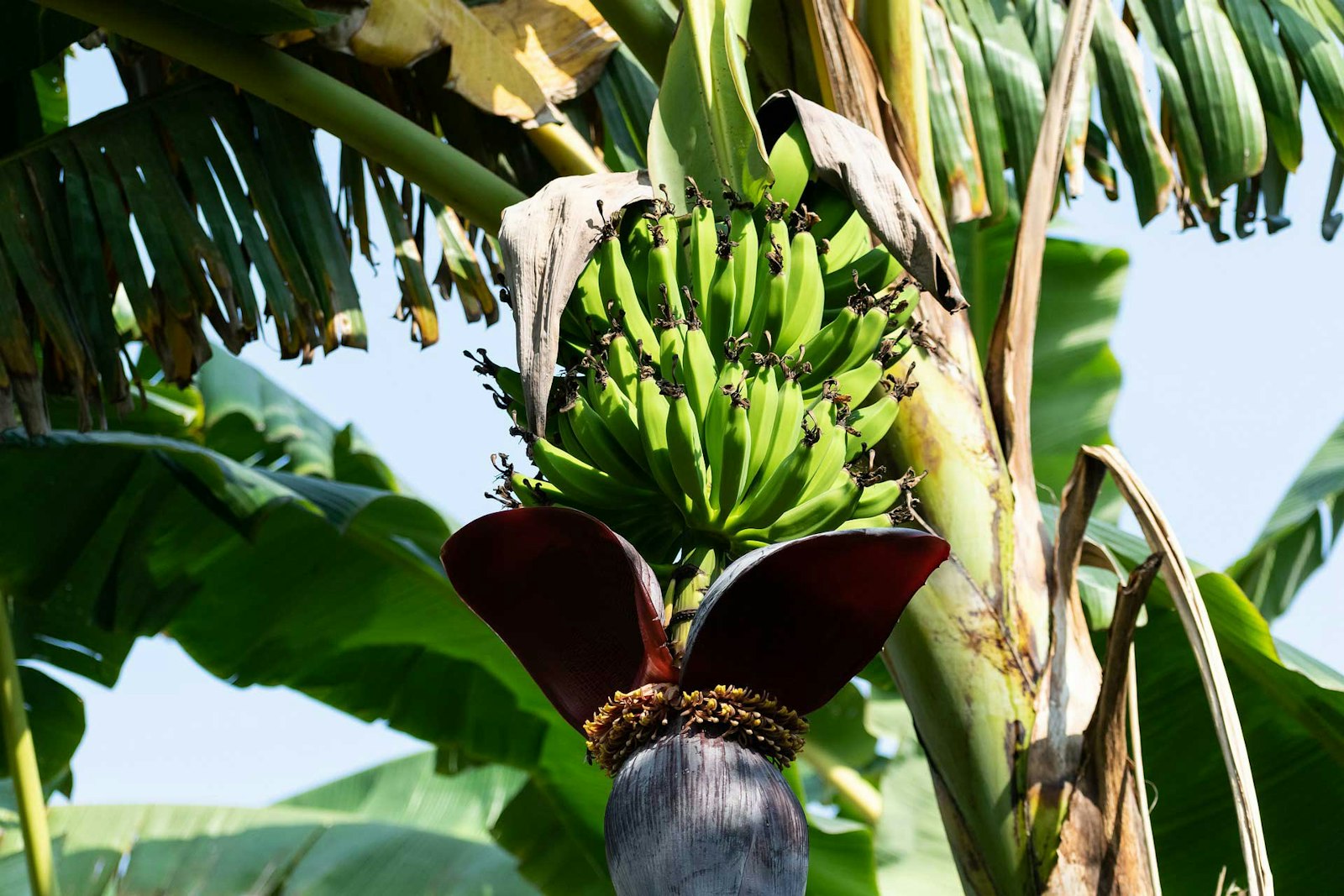My favorite color is brown
One of my favorite bike routes to work takes me by the only two black walnut trees in town. Nut trees don't thrive here, and these two look pretty scruffy, but in the fall they start to drop their heavy, fat, green-to-brown harvest. The owner of the trees is glad for me to scoop up as many as I want before they stain her sidewalk, and I'm glad to take home a bag of nascent color.
The walnut season this year happily coincides with our Fall 2010 issue of Spin-Off, which has a fine story by Elizabeth Fahey on dyeing with walnuts. Walnuts don't give the sexiest color palette, unless you like warm tans to browns. But there's nothing easier—no mordants, no fuss. You can simply crack the husks with a hammer, throw them to soak in some cold water, and in a few days you'll have a rich, inky brown tea that will dye almost anything, including your fingernails if you're not careful. You can also use this walnut soup to mordant yarns that are destined for another dyepot.
There's a whole section in this issue of _Spin-Off _on natural dyeing, and what I loved most was the seeming infinity of ways to get color from Mother Nature. The Spinner's Gallery includes hand-dyed swatches from five different spinners, and their notes prove the point. Madder, soapwort, Hopi red amaranth, indigo, cochineal, plum bark—just a tiny peek into the world of natural color. It's there for the taking.
Brewing dyebaths is only one way to get color on fiber. A more direct, instant-gratification way is to place leaves and flowers on fabric and pound them to release pigment directly into the cloth. If that sounds primitive (it is), you should see the elegant results of this method in Eco Colour, a new book by Australian fiber artist India Flint. It's the handsomest book I've seen in years, and one of the most innovative when it comes to extracting color from natural materials. She pounds, she wraps and bundles, she ferments, she boils. It's all fun and adventurous, and the results are strikingly lovely.
Flint's favorite dye plant is eucalyptus, and while we don't have those here in Colorado, I will certainly bring back a big bag of leaves next time I visit my son in California. Those rusts and golds are to dye for.
—Linda



